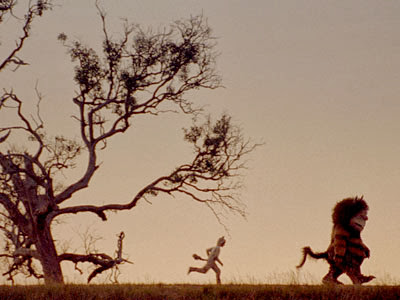Some suggestion here that I may have been “born” a writer. Pretty much from the time I could read, I
used to “hear” or perhaps “write” a narrative voice in my head as I went about
in the world. “The plucky boy walked down the dangerous, litter strewn street,
his eyes scanning the roof tops for ruffians, snipers, death rays,” that kind
of thing. Yeah, I never said it was Proust:
more Enid Blyton edging into James Bond.
I was a long way from discovering Raymond Chandler.
In reality I was walking down the only intermittently mean streets of Sheffield,
but in my head I was walking down the Champs Elysees, Hollywood Boulevard,
Broadway, or whatever. And I sometimes I
walked down cities of my own imagination and construction where the streets had
names like Cosmic Boulevard or Death Alley, names that were a little over
deterministic no doubt, though Sheffield famously once did have a street named
Truelove’s Gutter.
So yesterday I went to a radio station in downtown Los Angeles to record
a conversation with a producer, who was in fact in Toronto, and who’s making a
program about pedestrianism. And it just
didn’t seem right to drive all the way there, park in the lot, do some spiel
about walking, and then drive home again, but walking there and back would have
involved a 13 mile round trip and that didn’t seem right either, so I drove
most of the way, then parked far enough away that I’d have to do a mile walk in
each direction to get to and from the studio.
Not the stuff of the very greatest pedestrianism, I know.
There were a couple of streets I could have taken to walk to the studio. One was Hope Street and one was Grand Street,
and both these names sounded a little too … yes, over deterministic. Did I want to walk there feeling grand, or
did I want to walk there feeling hopeful?
So I walked partly down Hope, and partly down Grand, making the crossing
through a park, named The Grand Hope Park.
The entrance looks like this:
Now if I had been in any kind of a fiction, I would surely have been a
character who had grand hopes, and for the sake of the plot these the grand
hopes would have to be dashed somewhere along the line. Then, depending on what kind of fiction I was
in, these grand hopes would be reborn, or they’d be crushed utterly and
forever.
Of course, in real life, I didn’t have any such narrative structure
(which is why truth is so much less interesting than fiction). The interview
went very well, “grand” would be an exaggeration, but it was at least as good
as I’d hoped. Among other things we
discussed Felix the Cat and Buster Keaton, and the similarity (or not) between
their walking styles.
And then, walking away from the studio I took a slight different route back
to the car, and came to a corner, and there staring down at me was a poster (a
slap I believe is the technical term) of Felix the Cat by Shie47 – looking more
dangerous than I remember, but hey Felix doesn't only keep on walking, he also moves with
the times.































